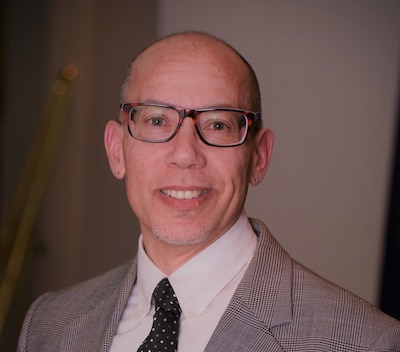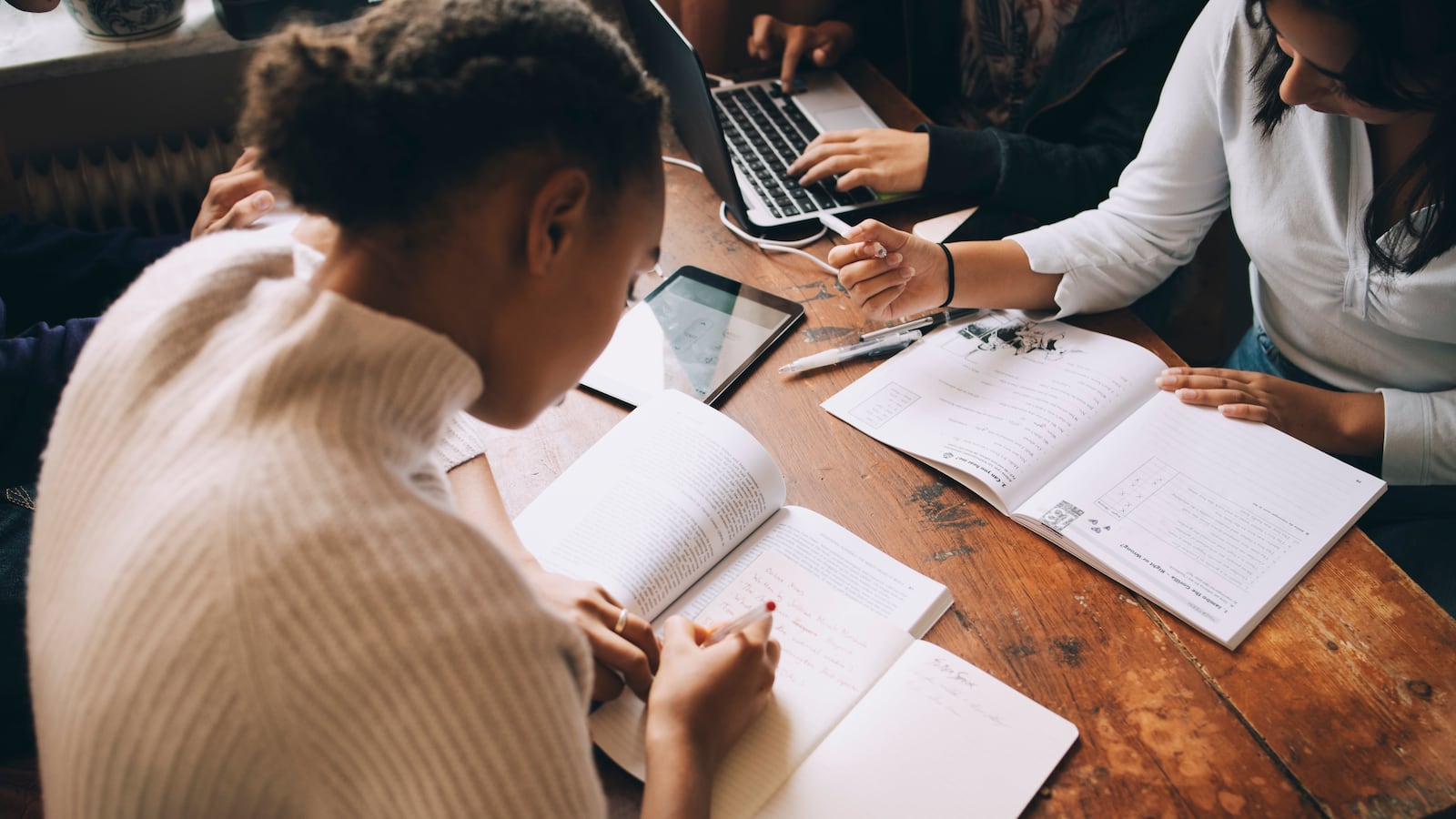In the national debate over reopening school buildings, the parents of more than 50 million American school children are now being forced to make decisions that could have long-term implications for their children’s health and education. Some families have plentiful, if imperfect, schooling options this fall: pods, private tutors, schools able to throw resources at the situation. Many more have fewer choices.

As a parent of two teenage daughters — one in public school and the other in private school — their differing experiences during the COVID-19 disruption have brought systemic inequities into stark relief.
Over generations, my own family has been a case study in educational disparities.
My grandmother and her twin sister — who grew up poor and Black in the segregated South — were placed on separate tracks in their one-room schoolhouse. My great-aunt Dorothy was allowed to sit at a wooden table where she could “learn her numbers and letters,” as Grandma called it, while my grandmother was often made to sit underneath the table. By the standards of today, my grandmother might have been found to have learning challenges, but back then, she was just dismissed as disruptive. After the twins’ mother died when they were in third grade, Dorothy was allowed to keep learning while my grandmother was pulled out of school to cook, clean, and care for younger siblings.
Because my grandmother couldn’t read or write, she barely scratched out a living — cleaning toilets, washing floors on her hands and knees, and scrubbing other people’s laundry until her knuckles bled. She spent her life living in near squalor so she could save for her children’s future education. Still, there was only enough to cover higher education for one of her five children. The rest, including my mother, would only get as far as the eighth grade or a few years of high school. A generation later, my own mother took on debt to send three of us to four-year colleges. My other two siblings went to a local community college with a poor track record. Those opportunities have shaped the course of our careers, income, home ownership, and health.
Because of that history, I understand the mindset of a parent willing to do anything — or pay whatever they can afford — to ensure their child succeeds. Still, the decision to enroll one of my daughters in a private school was not an easy one. After all, I work for an organization that helps ensure public school students have the resources and support they need to thrive. And my husband is a teacher in a Title I school, serving many students from low-income families.
But after watching our older daughter struggle academically and socially, and after testing revealed significant learning differences, we decided to pull her from public school, realizing how privileged we were to even have a private option. Since then, her grades have improved dramatically, and she’s happier and more secure.
Our decision seemed to be validated this spring when all school buildings closed. My daughter’s small private school immediately pivoted to remote learning with structured classes all day. Online tutors and advisers were available to her. My phone rang at 9:05 a.m. for an attendance check if she was late to roll out of bed. Online games, Zoom movie nights, virtual classroom celebrations, and remote P.E. gave us confidence she wasn’t going to miss a step.
Meanwhile her sister, just a year younger, struggled. Classes in her large public school met sporadically and schoolwork amounted to a few online assignments. Grading was lenient. It was clear that even this relatively well-off district had too many students and too little time to do much more. With us all at home, my younger daughter’s own long-standing learning issues couldn’t be ignored. They were no longer hidden behind the walls of her high school.
This time, my choices are limited. Classes start in a few weeks. There might not be time or enough money to send a second child to a private school. We are not in a position to pay to join a pandemic pod or hire a private teacher.
And now I fear that my grandmother’s grit and my mother’s sacrifice have only taken me so far. I worry that I have placed my own daughters on two unequal tracks, that for the first time I’m not going to be able to give them both what they need to succeed.
How tragic it is that we haven’t equipped our public schools to meet the needs of all students, especially in this moment of national trauma.
My family’s history highlights the impact of the opportunities afforded to us by where we were born, the wealth we could or could not pass down, the colleges we could afford and the connections we made there, the jobs we were qualified for, and the ZIP codes we could afford to move into. The consequences of these opportunities — or lack thereof — could prove longer-lasting than we can even fathom.
Steve Majors is a nonprofit communicator and personal essayist. He lives with his husband and two daughters in Montgomery County, Maryland.



